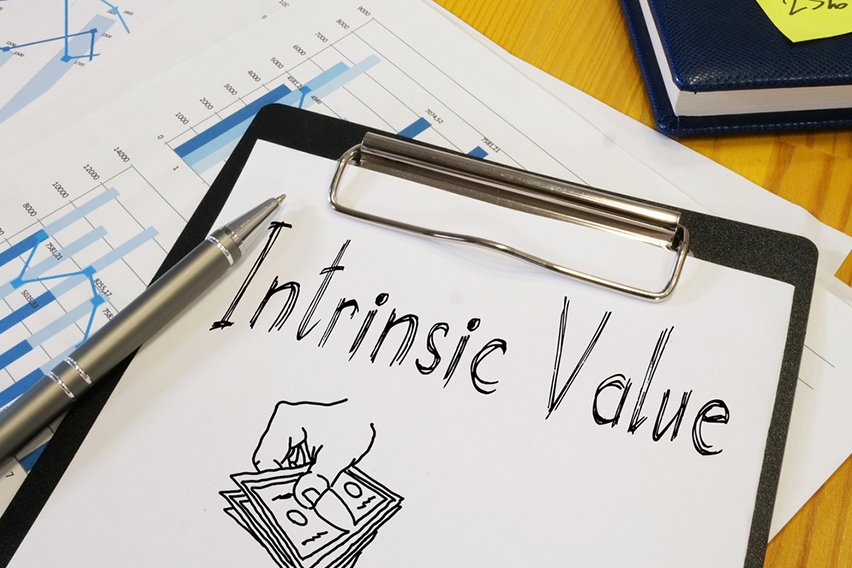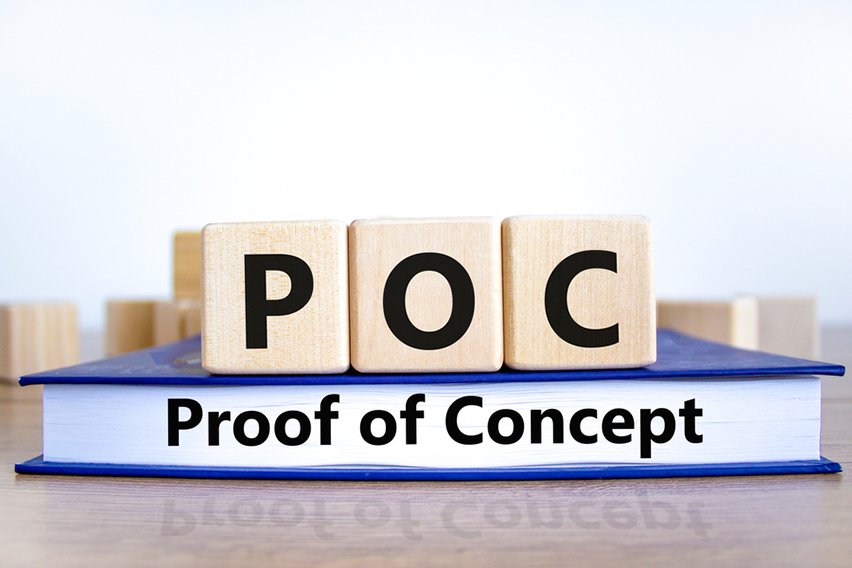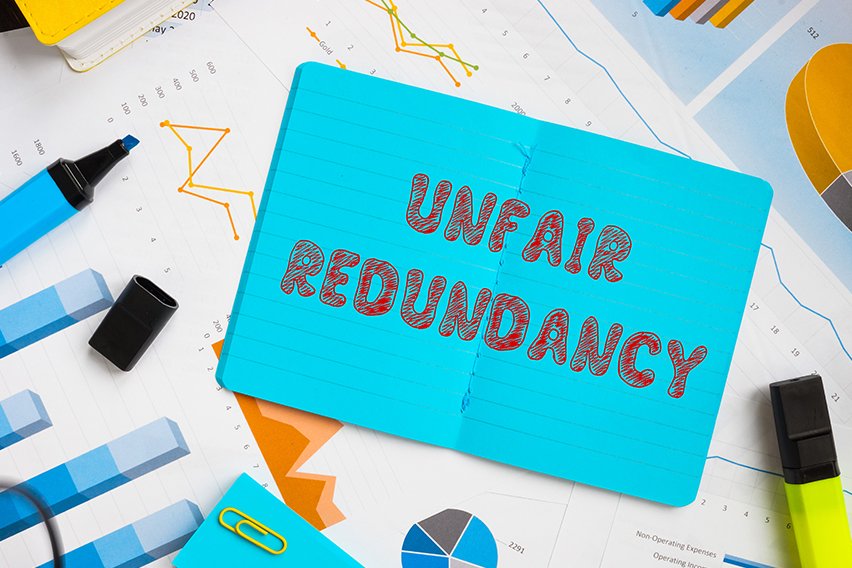Critical Path Method: The Beginner’s Guide

The Critical Path Method (CPM) is a detailed project management system that is used to identify critical path activities. This approach breaks down a project into various work tasks, which are then displayed in a flow chart.
Calculations of the project’s duration get determined based on estimations of each task’s time frame. The goal here is to identify which tasks are the most critical based on time. As such, you can narrow down which tasks in a project are the most pressing. Then, assign team members to those tasks to ensure optimal project management.
Here’s What We’ll Cover:
Understanding CPM
One of the nice things about CPM is that it helps you delegate work among your crew. This makes it easier to figure out which tasks need the most attention. You can take this a step further by appointing the most suitable members of your team to the various tasks.
That said, it’s important to note that one hiccup along the way can derail your entire project. If this happens, you run the risk of delays and not meeting the project’s deadline. What’s more, you might have some projects that produce a single critical path. Yet others could have several critical paths.

Benefits of CPM
CPM is ideal for assisting you in scheduling your projects. This allows you to guide your entire team working on your project. And since you can compare real-time task progress with the progress you have planned, it’s far easier to keep track of and stay on your project schedule.
Thanks to CPM, you know how long each task takes to finish your projects. And with a projected completion of your project timeline, you and your team can work to limit it as much as possible.
This is made more manageable due to having a clear overview of each task. Thus, you can see which project tasks you can trim down and tighten up. With this data, you and your team can collaborate on the tasks that you can change and which ones should remain untouched.
This is a huge benefit, as you can see what your entire project schedule looks like from the outset. From there, it’s easier to manage your project completion time. You can assign the best person to each dependent task along your path in project management.
One of the biggest resource constraints for business owners is trying to adhere to project time with actual progress. Since CPM lets you see precisely what you’re working with, you can be sure to stick to your critical path schedule with the minimum time left.
Key Steps of CPM
The Critical Path Method consists of a total of six steps. When you have a clear understanding of how each step functions, you will find it easier to delegate them among your crew.
1. Specify Each Activity
The first step of CPM is to accurately describe and identify each task or activity that makes up the project. Keep in mind that there is the creation of a graphical representation of the activities that make up CPM. As such, an easy way to remember this step is by calling it the “visual representation”.
The activity identification and list should only include your high-level activities. But what if there are too many specifications used in enumerating activities? Your critical task analysis will become way too complex. So much so that it is unmanageable.
Failure to identify the correct critical activities may cause CPM to fail in achieving its intended purpose. And that purpose is to keep your project going in the most optimised way.
So, whenever you are specifying each project activity, the starting point should be to determine the main deliverables. Through this recognition and the placing of high-level activities, smaller tasks are easier to identify.
As mentioned earlier, CPM involves a graphical representation of each activity and the entire process. As such, there are many ways to achieve this visualisation or display, from graph outlines to tree structures to lists and tables.
2. Specify Project Dependencies
CPM’s next step is to identify and describe dependent activities in your project. As with any project, there are some activities that depend on others. And these activities must be completed before the entirety of the project can finish.
So, a key step is to present graphs related to activities in the correct order. Using the CPM approach requires asking three questions about the activities proposed in the first step. They are:
- Are there any tasks that must take place before a particular task occurs?
- Do any tasks need completing when the particular task occurs?
- Which task occurs immediately after the particular task?
Once you answer these three questions, you can proceed with the CPM approach. Be sure that you don’t attempt shortcuts or skip questions. In doing so, it can throw off the Critical Path Method and result in poor project performance.
To that point, you must follow all steps to ensure optimal results. Each step relies on another, as do the components that make up your project. CPM needs to use all resources to ensure things like:
- Individual task breakdown
- Actual progress
- Shortest time
- Project plan
- And more
In your project management, you want to make sure that you get the best results. After all, it’s why you’re taking advantage of CPM in the first place. So make use of all that it has to offer, and you will be sure to reap its benefits.
3. Draw Network Diagram
After determining the main activities and related dependencies, you can create a critical path analysis chart or CPA. This is also called a network diagram. The diagram is a graphical or visual depiction of the sequence of activities. Thus, they get drawn based on dependencies between tasks.
By the way, the critical path diagram is something that was at one time drawn by the project manager. It used to be that this was how the CPA network diagram got presented. But in today’s era, there are simplistic software programs that create CPM network diagrams. This ensures less work for you and more time spent on your team and project management.
Remember, the Critical Path Method started in the 1950s. Back then, they didn’t have the luxuries you have today. It makes sense, then, that CPM should be easier to put in place in today’s landscape.
Of course, one must account for today’s businesses being more complex, as well. There is certainly a trade-off to consider. But given the advancements in today’s industries versus the longevity of CPM, it’s interesting to see the two interact in the first place.
4. Estimate Task Completion
The fourth step of CPM is to estimate the completion time of each project activity. There are no hard and fast rules about the time unit used to reach this estimation, as they are totally dependent on the project.
In practice, smaller projects get measured in days. But larger, more complex projects get measured in weeks. The time estimation in CPM uses a three-point paradigm:
- Best case estimate
- Most likely estimate
- Worst-case estimate
And these estimates are based on:
- Recommendations from the technical staff of the type of project at hand
- Experience gained from other projects
- Best guesses
There is a formula that uses three points to arrive at the final time estimate for each project activity.
Here, “E” represents the estimated time of activity:
E = (a + 4m + b) / 6

5. Establish Critical Path
You have a couple of different ways to establish your project’s critical path. For starters, you can actually monitor your graph chart and look for the longest path running through the graph.
Just remember that the longest path is determined by examining time rather than how many units or boxes are present in a critical path. Once you have identified the longest one, you will have your critical path.
The other method you can use to establish your critical path is a technique known as the Forward Pass/Backward Pass. When you use this method, you can effectively identify the following among your various activities:
- Earliest time to start
- Earliest finish time
- Late start times
- Late finish times
With this data, you can then proceed to correctly identify your critical path. Once you have done so, you may move on to the next and final step in the Critical Path Method process.
6. Update Critical Path as Project Progresses
There is one last step in the CPM, and that involves updating your network diagram. As your project moves forward, you will be able to use the accumulated data to incorporate into graphs, not just estimates.
By updating your network diagram with actual data, you can provide a more realistic and accurate view of the project completion date.
You or the project manager can better determine whether the work is going as planned or if it is instead falling behind. Ever since the emergence of CPM during the 1950s, more and more project managers have used it, and to great success.
In general, the use of CPM is believed to improve the overall efficiency of a wide variety of projects. Plus, it is compatible across numerous types of industries. As such, you can trust that you can use CPM in your business without issue.
Key Takeaways
Project management often proves to be a tricky endeavour for many people. This is especially true for new business owners and managers. But with the help of methods like CPM, you will find it far easier to keep your projects on track and on schedule.
By hitting your deadlines, your business will become much more efficient. And with greater efficiency often comes greater revenue. As with anything, you will likely need to try CPM a few times before you fully understand its intricacies.
To make using CPM easier, be sure to use FreshBooks and its many features. You will be able to easily track time, increase productivity, and so much more. Also, don’t forget to head over to our Resource Hub for additional tips and insights into small businesses.
There, you can find information concerning starting a small business in the UK, applying for grants, tax issues, and more. It’s all right there at your fingertips for easy browsing and research.
RELATED ARTICLES

 Rational Choice Theory: Definition, Facts & Examples
Rational Choice Theory: Definition, Facts & Examples What Is Intrinsic Value & How to Calculate It?
What Is Intrinsic Value & How to Calculate It? Sole Trader Vs Limited Company Comparison: Which Is the Best?
Sole Trader Vs Limited Company Comparison: Which Is the Best? What Is Proof of Concept (POC) & How to Create It?
What Is Proof of Concept (POC) & How to Create It? What Is The Gearing Ratio? Definition, Formula & Calculation
What Is The Gearing Ratio? Definition, Formula & Calculation How to Calculate Statutory Redundancy Pay
How to Calculate Statutory Redundancy Pay